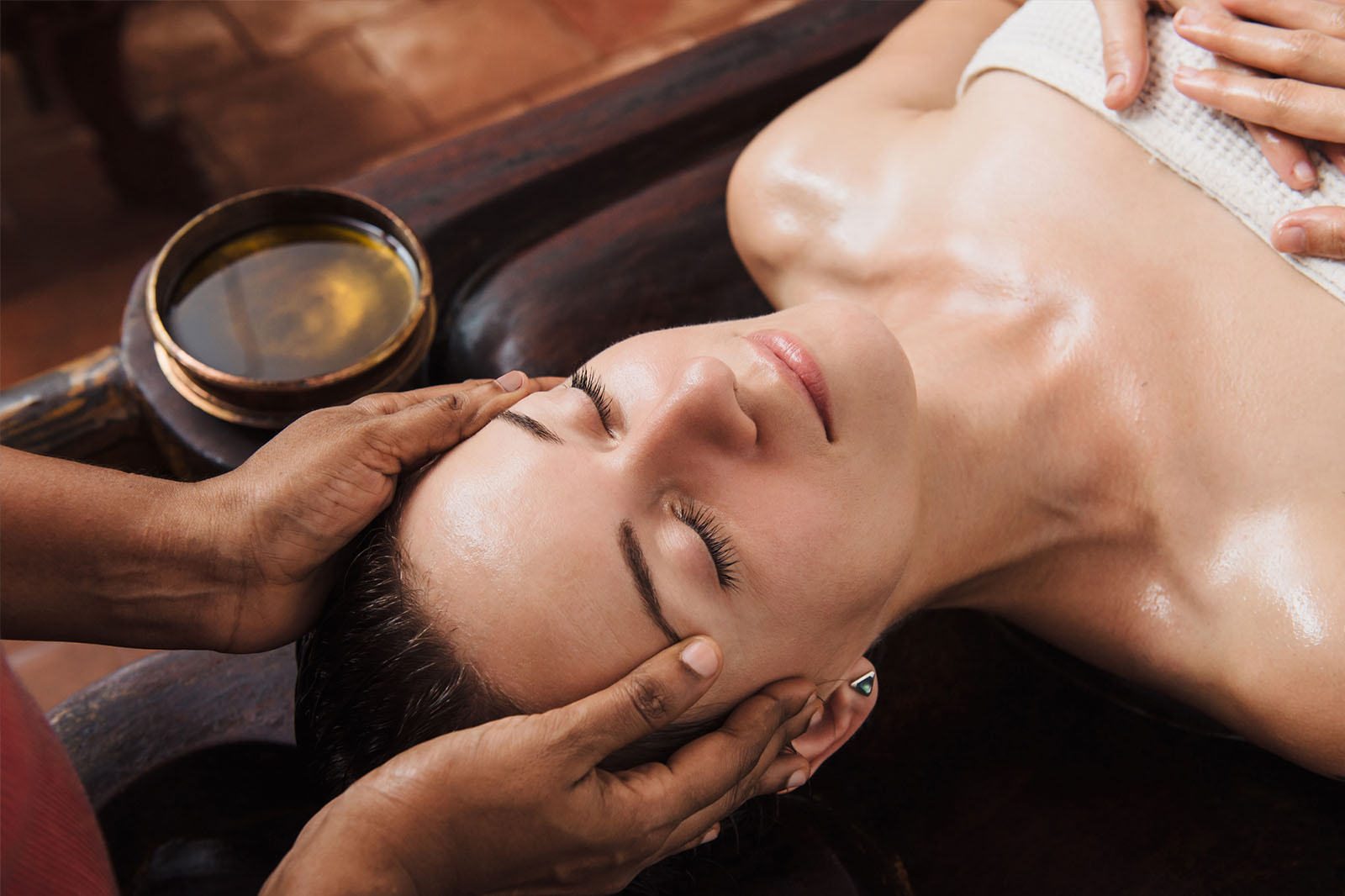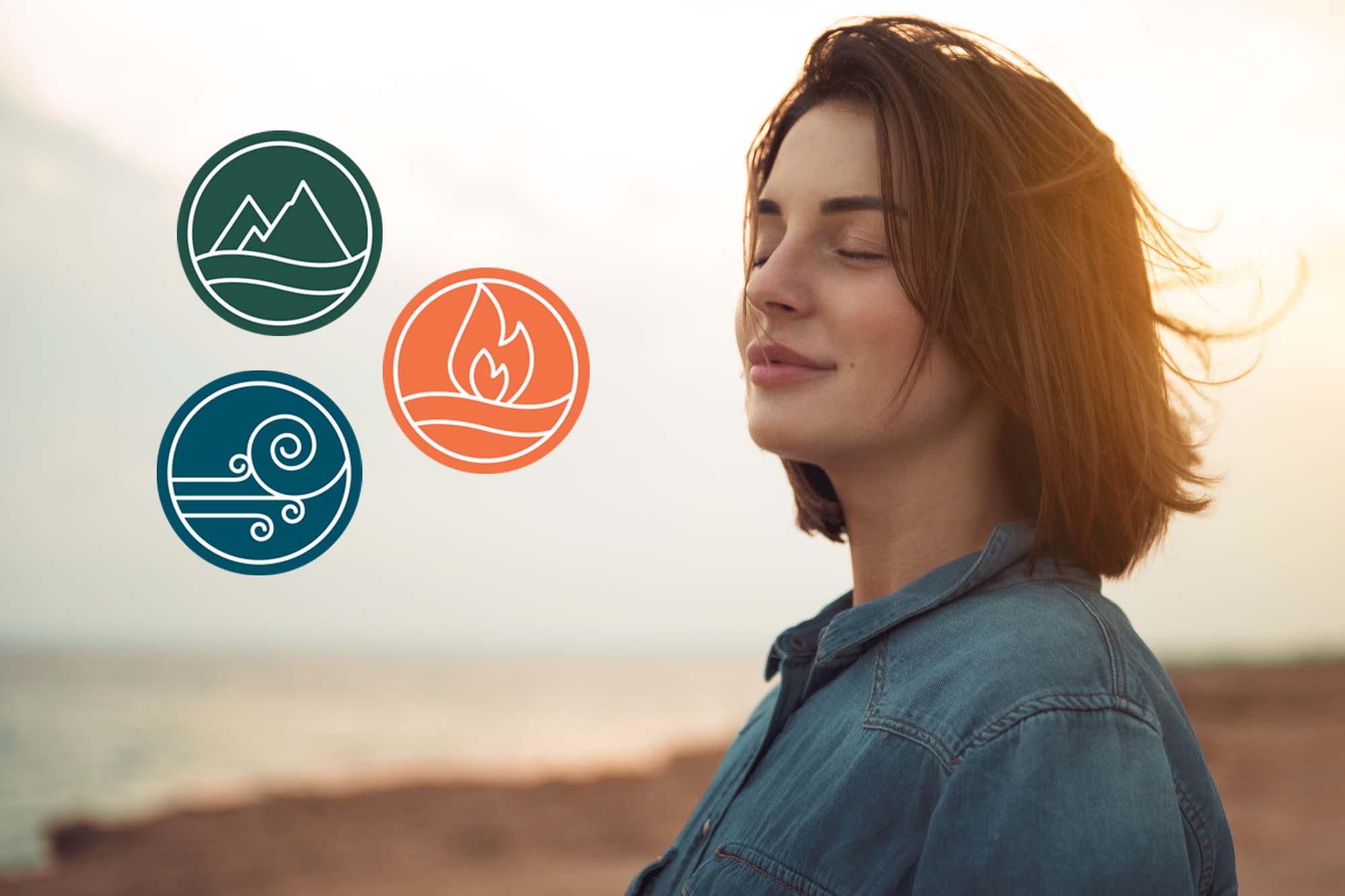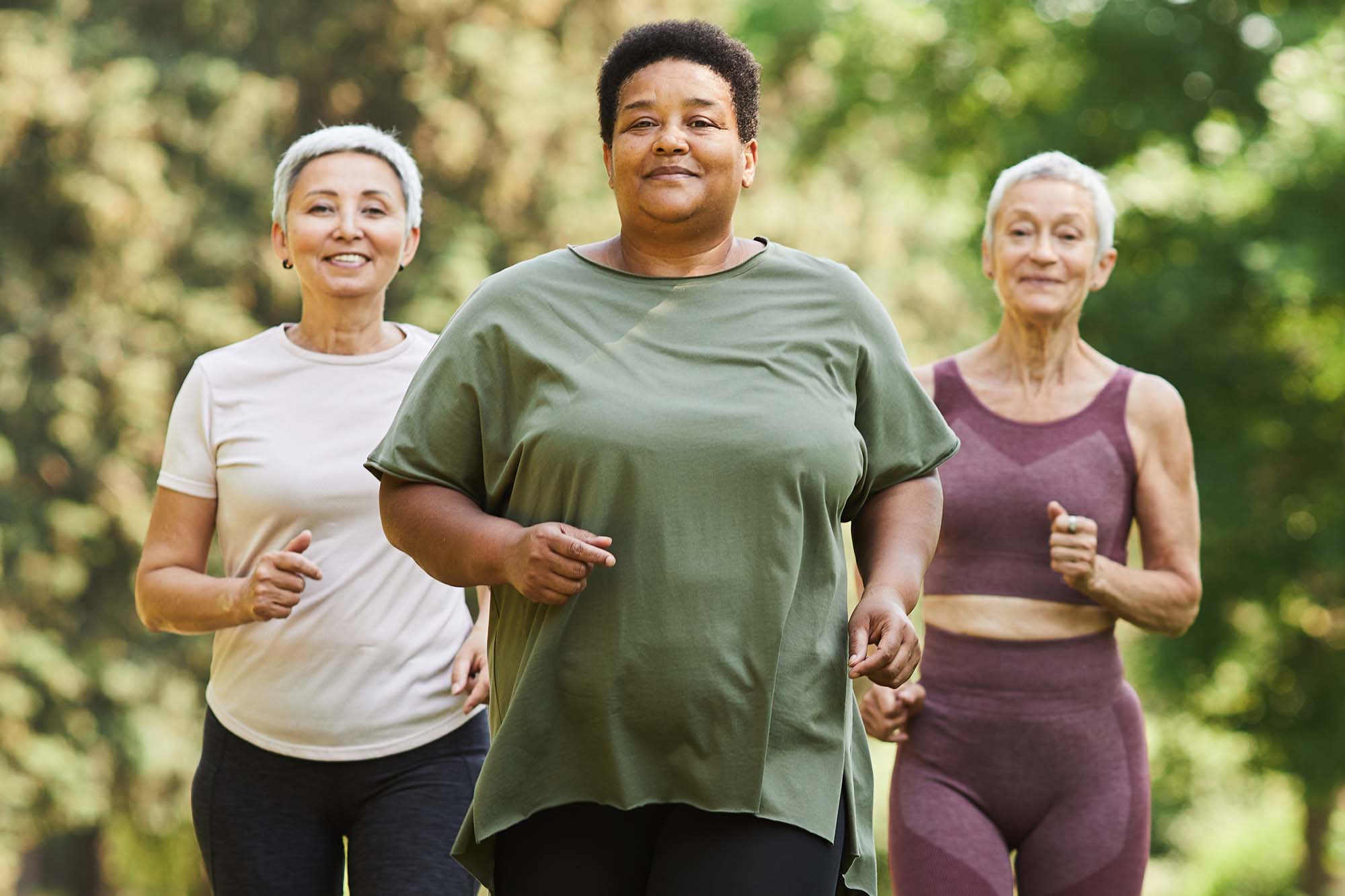What’s up with detoxing? In this panchakarma series, we’re going to be exploring all of the ins and outs of why the ayurvedic detox process is the gold standard in the wellness world, and what makes panchakarma a wonderful way to support your overall healing.
Accepting applications for the 2026-27 school year




